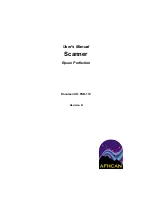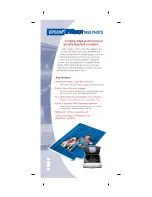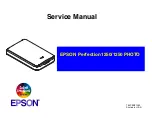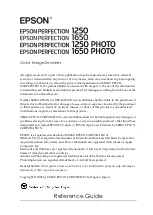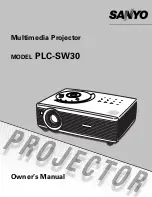
HD31
- 118 -
V1.6
17
USAGE INSTRUCTIONS AND WARNINGS
1.
Do not expose the probes to gases or liquids that could corrode the material of the probes.
2.
Do not bend the connectors by applying upward or downward force.
3.
Do not bend or force contacts while inserting the probe connector into the instrument.
4.
Do not bend, deform or drop the probes: this could cause irreparable damage.
5.
Use the most appropriate probe to the measurement you want to perform.
6.
Temperature probes should not generally be used in the presence of corrosive gases or liq-
uids, the container housing the sensor is made of AISI 316, AISI 316 stainless steel plus sil-
ver for contact probes. Avoid the probe surface from getting into contact with sticky surfaces
or with substances that might corrode or damage the probe. If the sensor breaks or be-
comes defective, it can be replaced. In this case the probe must be recalibrated.
7.
Above 400°C and below –40°C, avoid Pt100 temperature probes from receiving violent
impacts or thermal shocks, as this could cause irreparable damage to the probes.
8.
Avoid over-rapid temperature variations in order to obtain reliable temperature measure-
ments.
9.
Contact temperature probes must be kept vertical to the measurement surface. Apply oil
or thermal conductive paste between the surface and the probe to improve contact and
reduce the reading time. Never use water or solvents for this purpose.
10.
Measurements on non-metallic surfaces require considerable time due to their poor ther-
mal conductivity.
11.
Temperature probes, particularly thermocouples, are not insulated with respect to
the external casing, pay special attention not to come into contact with
live parts (above 48V): it could be dangerous not only for the instrument,
but also for the operator who could be electrocuted.
12.
Avoid performing measurements in the presence of high-frequency sources, microwaves or
strong magnetic fields, because they would be unreliable.
13.
Thoroughly clean the probes after use.
14.
The instrument is water-resistant but is not waterproof, so it should never be submerged
in water. Should it fall into the water, immediately pull it out and check that no water pe-
netration occurred. The instrument must be handled so as water cannot penetrate from
the connector side.
Summary of Contents for HD31
Page 6: ...HD31 6 V1 6 2 DESCRIPTION Fig 2 1 instrument description...
Page 149: ...HD31 149 V1 6 NOTES...
Page 150: ...HD31 150 V1 6 NOTES...
Page 151: ......


































